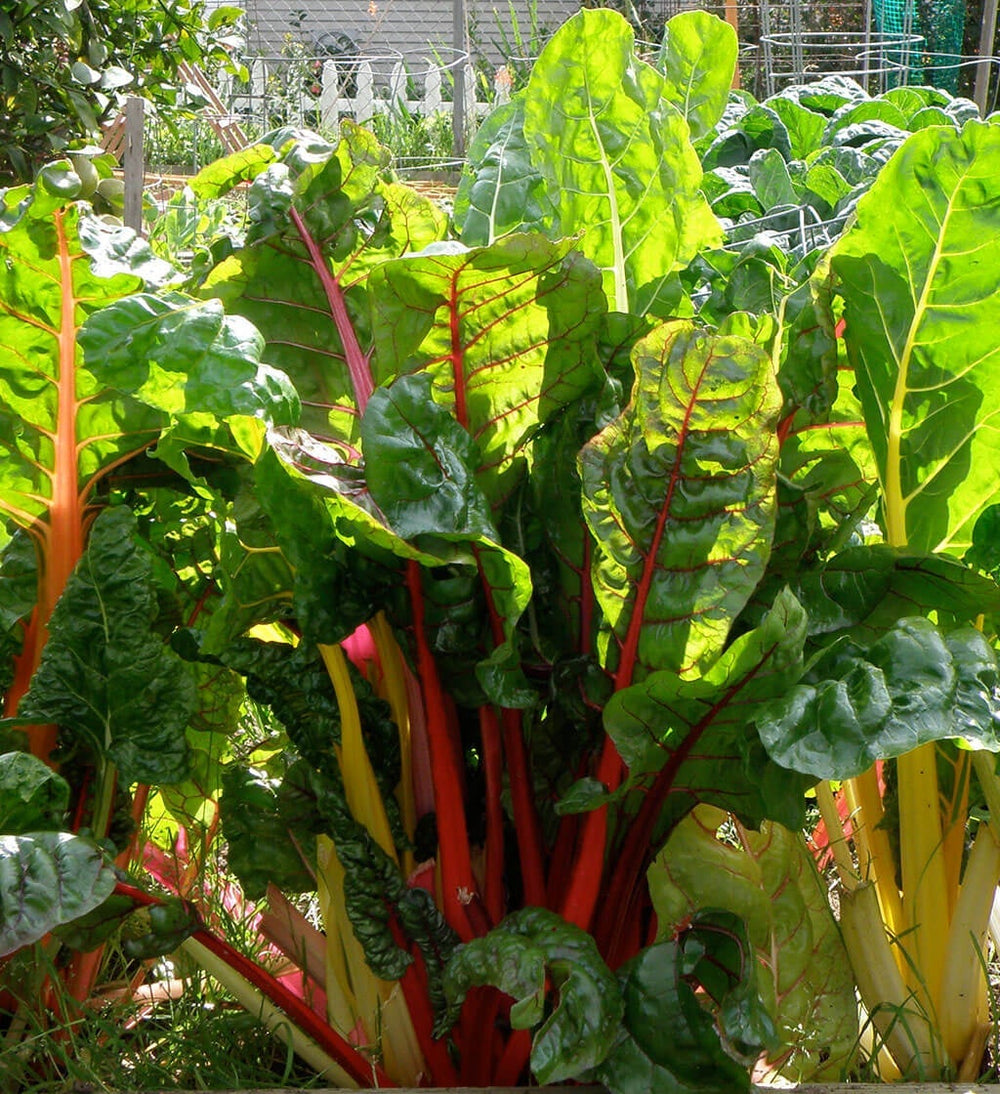Community gardens springing up across the country range from urban farms to neighborhood plots. They are pretty much what the name says—a piece of land gardened by a community of people. Not since World War II has the country seen this kind of interest in gardens that can feed the whole block.
Such gardens may be on land set aside by a city to preserve green space or on private property like at a church, school, apartment complex, daycare, business, or non-profit group. Food production is central to most community gardens, but some are about to creating a park-like space. We're talking mostly about food gardens here.
Often gardeners rent a plot of land on which to grow. This is common in dense urban areas or shady neighborhoods (where lots are short on sun). Some community gardens are for-profit ventures, raising produce to sell at farmers' markets or to local restaurants.
To find gardens in your community, do a Google search for "community gardens in your city or county." You may be surprised how many come up.

One great resource for learning more about community gardens is The American Community Gardening Association (ACGA). According to the ACGA, a family can expect to harvest from $200 to $600 in produce from a 4- x 16-foot raised bed. If harvests are preserved (freezing, canning, jams etc.), savings are even greater—and the produce adds to future winter meals.
Above all, gardening just makes you feel good—literally. Gardeners experience the physiological benefits of increased exercise and the nutritional benefits of a diet rich in veggies. In addition, there is the social connection of generations and cultures as gardeners work alongside one another. And participants learn lifelong skills of food production while discovering some self-reliance.
The First Steps
You don't need a green thumb to organize a community garden—just a desire to bring people together. Enjoy new friends, sun-ripened produce, a healthy lifestyle, and reduced grocery bills. It's easy to get started.
Begin by Measuring Interest
Visit with neighbors or post fliers with a contact name, phone, or email asking who wants to participate in a community garden. Sometimes a garden grows out of a desire to serve a particular group, such as senior citizens or schoolchildren.
Hold a Meeting
Look for meeting space at a local library, school, church, or community center. Schedule a time. When the group gathers, determine what people want to grow. Will the garden strictly be a home for edibles, or will flowers be welcome? If plots are rented, keep it to plants that are annuals or biennials because plot keepers may come and go and you don't want to be left digging up big shrubs that someone left behind.

Choose Leaders
Every community garden needs leaders. Try to put together a group of leaders with different skill sets. Not everyone needs to be a green thumb! Include people who are organizers, marketers, do-it-yourselfers, bookkeepers, fundraisers, computer experts—and many other talents. Select three people who can form the core leadership group and stay fully informed on the garden's progress and communications. Collect emails and other contact information for those attending an organizational meeting.
Find a Site
Sometimes the idea for a garden sprouts at an institution, like a church or school. In these cases, a garden is created on property of the organization. Some great gardens like the Ocean Beach and Juniper Front Gardens of San Diego featured here are on city property. Otherwise, look for available land in your area, locate the owner, and negotiate use of the land for the garden. Remember that vegetables need at least six hours of full sun for best yield. Also consider that you'll need a water source as you choose your garden site.
Read the rest of the section on community gardens on our website for lots more working detail.




 Herbs
Herbs
 Vegetables
Vegetables
 Fruit
Fruit
 Flowers
Flowers
 Succulents
Succulents


